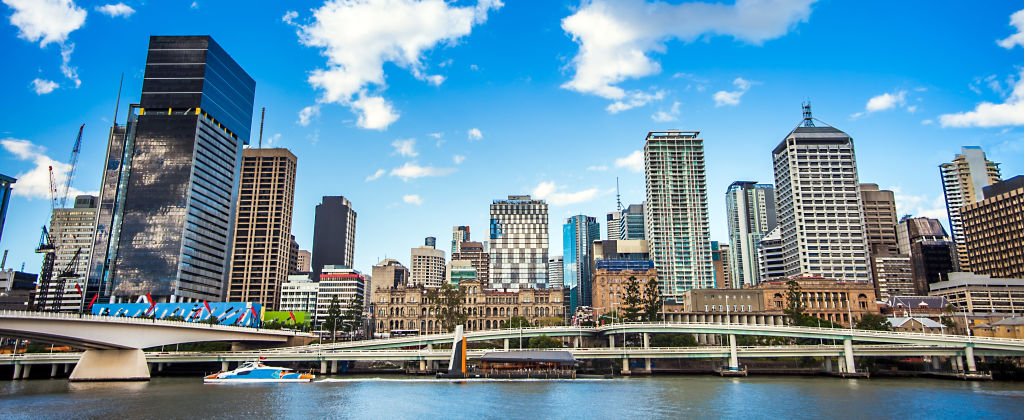
Australia's commercial property 'downturn' has begun, a new survey finds
The “downturn” of Australia‘s commercial property market has begun as industry players indicate a cautious outlook ahead, a new survey suggests.
The latest Australia Commercial Property Monitor, from the Royal Institution of Chartered Surveyors, found that occupier and investment sentiment showed little change and “remained close to zero for the third consecutive quarter, signalling stalled momentum”.
“The key thing to remember is that downturn doesn’t necessarily mean negative growth, it’s more of entering into a period of slightly slower growth,” said Sean Ellison, RICS Asia Pacific senior economist and the report’s author.
“The consensus expectations for the four main Australian markets that we track, they’re still expecting growth in rents and capital values. Now they’re expecting growth in the low single digits and that’s substantially slower than what we’ve seen in the past, but the scenario right now is not a sharp correction.”
Mr Ellison said one factor contributing to the beginning of the downturn was risks in the global macro environment in the past 12 months, including attempts by central banks to offset slower growth from trade and a slowing China.
“Without a very large external negative shock, it will be tough to envision a sharp contraction because we’ve seen a fairly quick response from policymakers like the RBA in Australia, where interest rates have been cut a couple of times now,” he said.
“Even when you have this sort of slower growth, it’s not really sapping the demand from commercial real estate.”
The slowing in demand was the most acute in Sydney and Brisbane, according to Mr Ellison.
Occupier demand for office space in Brisbane shifted from “growing modestly to basically flat”, while in Sydney, the “fairly robust growth rate” slowed to a more moderate growth rate.
But he stressed that a surge in supply is a more prominent factor in the cautious outlook than cooling demand.
“A lot of what we’ve seen is this sort of flattish demand, but supply has stopped contracting and started to increase really modestly and the expectation, especially for a market like Sydney, is that supply is going to start increasing over the next two years when we see a lot of these projects come online,” he said.
“That will of course put downward pressure on the supply-demand gap and then downward pressure on things like prices and capital value.”
Comments from the survey of 176 Australian respondents pointed out that a large wave of supply is due to hit the Sydney market in 2020 and questioned whether the market has the ability to absorb it.
Increased supply has had varying impacts in Sydney and Melbourne, with the latter seeing stronger expectations in both rental growth and capital value growth, according to the survey.
Survey respondents expect that Sydney capital values and rents of commercial property would grow by 0.4 per cent and 1.3 per cent respectively, while in Melbourne, the respective projections were 1.3 per cent and 1.6 per cent.
Mr Ellison attributed these forecasts to Melbourne being “slightly” closer to the peak of the cycle.
“There is a sense that Melbourne is in a slightly earlier phase in the cycle so whereas Sydney is seen as being in the earlier phase of a slowdown,” he said.
“Historically, Sydney has seen stronger growth than Melbourne although both markets have seen fairly robust growth in the past several years. Sydney has really outperformed Melbourne for several years so there might be a sense that the market was getting a little bit frothy, and it’s still very, very much seen as expensive.”
Mr Ellison added that the concerns about the onset of new supply has been more significant in Sydney than in Melbourne and that respondents in Sydney have persistently been more cautious than the actual market changes.
“There’s been a lot of supply shocks where supply is taken off the market and that’s obviously pushed up prices and rent,” he said.
“But I think there is some degree of caution generally in this market. Everyone in the market is pretty aware that this current cycle has lasted for a very long time and they’re also aware that growth has been fairly strong for the past several years and they’ve started tempering their expectations with respect to future growth.”










